In 2019, 102 species of vascular plant and 8 species of fungi were discovered by Kew and its partners around the world, many of which are already deemed to be at threat of extinction.
The scientists at Kew have selected their top 10 species, including a snowdrop unearthed via Facebook, a bright pink violet, a 20m tall tree, and a berry that alters taste buds.
“Discovering and describing new species is a truly exciting and vital scientific endeavour so we can better protect new species before they become extinct,” says Dr Martin Cheek, Kew botanist and senior scientist within the Kew Science Identification & Naming department.
“It also helps us to understand their potential uses, and how they might provide the solutions to help us tackle some of the critical challenges facing humanity today.
“This year’s selection represents a range of new to science plants and fungi that are unique and characterful yet threatened by human interventions, and at risk of becoming extinct soon; something that makes us both concerned and passionate about their protection.”
1
Snowdrop species, Galanthus bursanus
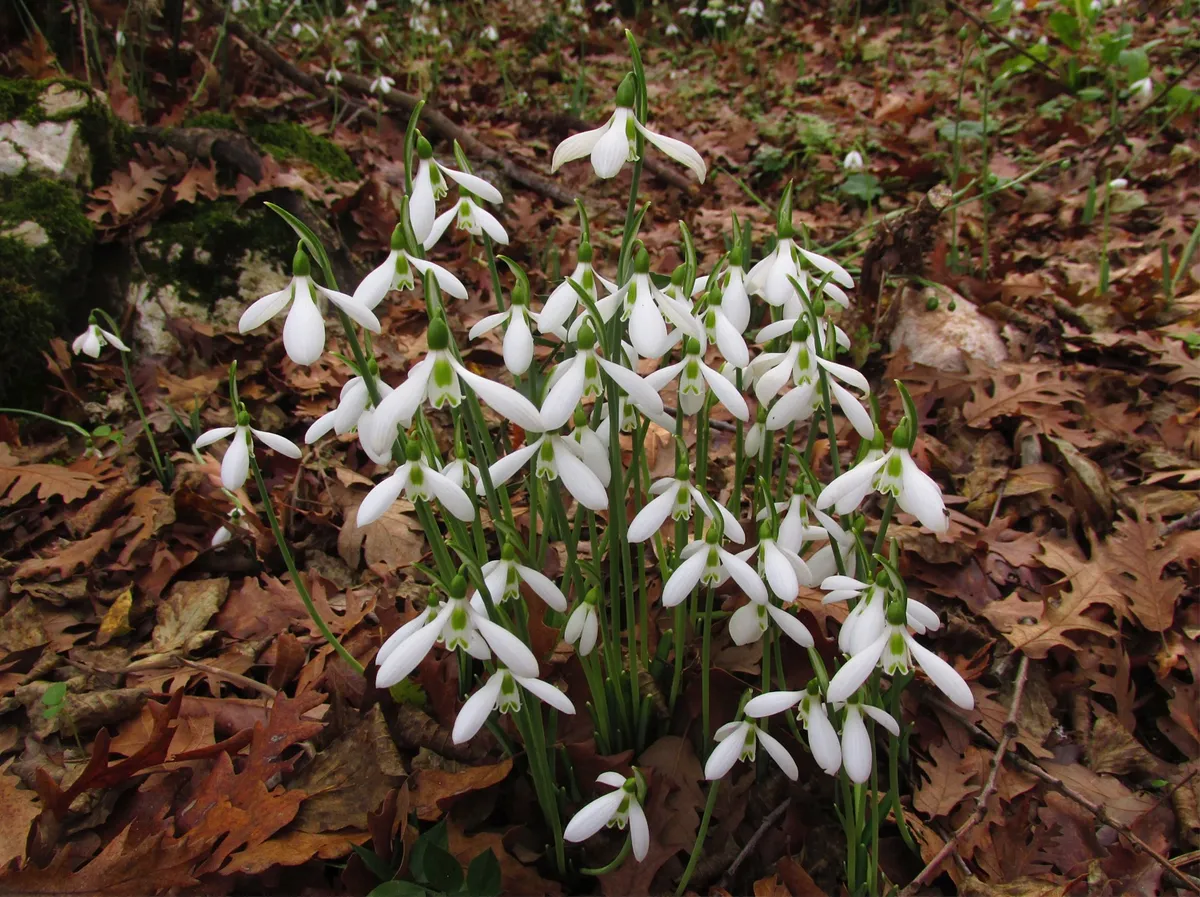
G. bursanus was spotted on Facebook by Ukrainian snowdrop specialist Dr Dimitri Zubov. Turkish paediatrician Dr Y Konca had uploaded her holiday photos, including the snowdrop which caught Zubov's eye as something potentially quite special.
They went back to the location of the plant and took a sample, from which it was identified as a new species.
The snowdrop is listed as Critically Endangered and faces a range of threats including illegal collecting, marble quarrying, climate change and expansion of agricultural land.
Read the full paper of its discovery in Kew Bulletin.
Snowdrop articles:
- 9 things you might not know about snowdrops, from BBC Countryfile Magazine
- Snowdrops guide: best snowdrop walks in the UK and how to grow, from BBC Countryfile Magazine
- How to create a snowdrop container, from BBC Gardener's World Magazine
- Best snowdrops to grow, from BBC Gardener's World Magazine
2
'Miracle-berry' species, Synsepalum chimanimani

S. chimanimani is a newly described species of 'miracle berry', which are sweet to taste and contain a compound called miraculin. This compound blocks the taste buds so that sour foods then taste sweet.
There are fewer than 40 species of miracle berry currently known to science, all from tropical African forests. S. chimanimani was discovered in the lowland rainforests of the Chimanimani Mountains, on the Mozambique-Zimbabwe border. It has been assessed as Endangered, as its three known locations are all under threat from deforestation for agriculture.
Read the full paper of its discovery in PhytoKeys.
3
Orchid species, Inversodicraea koukoutamba
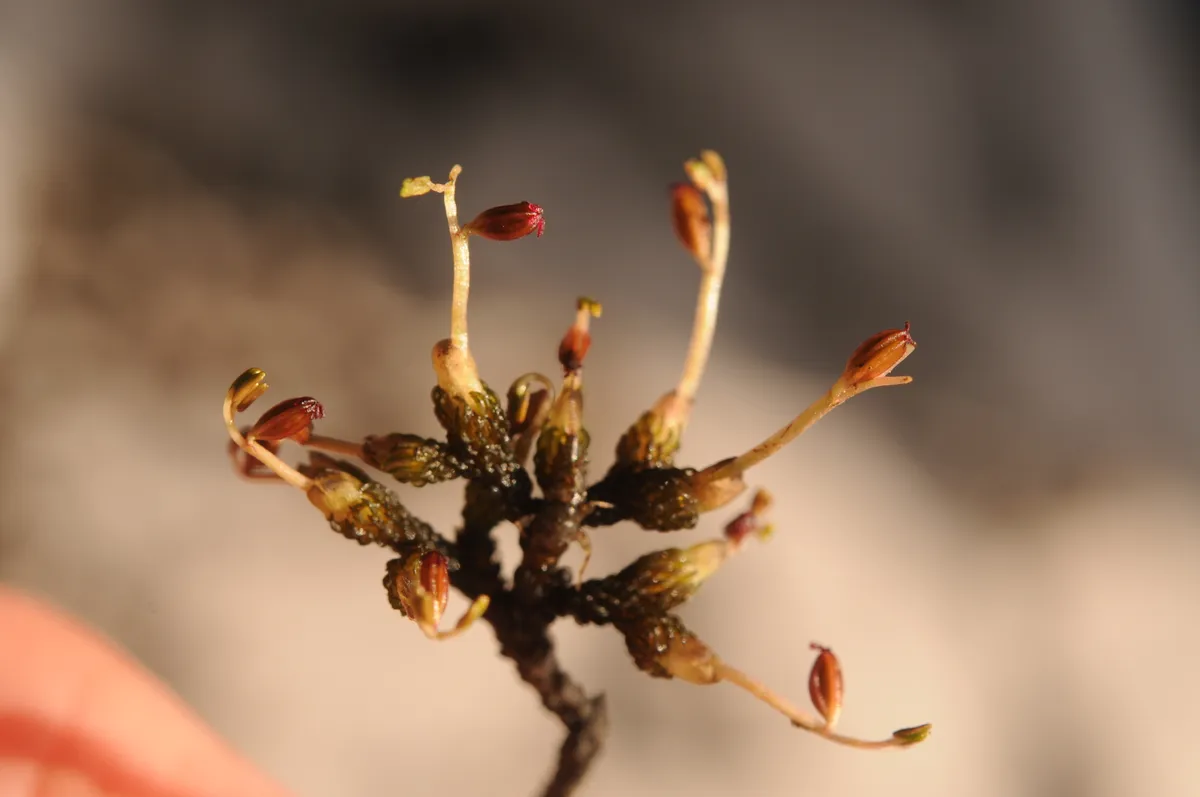
I. koukoutamba is a new orchid species, discovered in a waterfall in Guinea in West Africa, and is a rubbery, seaweed shrub which grows to 20cm tall.
It is thought that this plant will become extinct next year when construction on a planned hydro-electric project begins. Several other species in this family have already gone extinct in other parts of Africa where hydropower projects have taken place.

Orchid articles:
4
Medicinal fungus species, Rubroshiraia bambusae
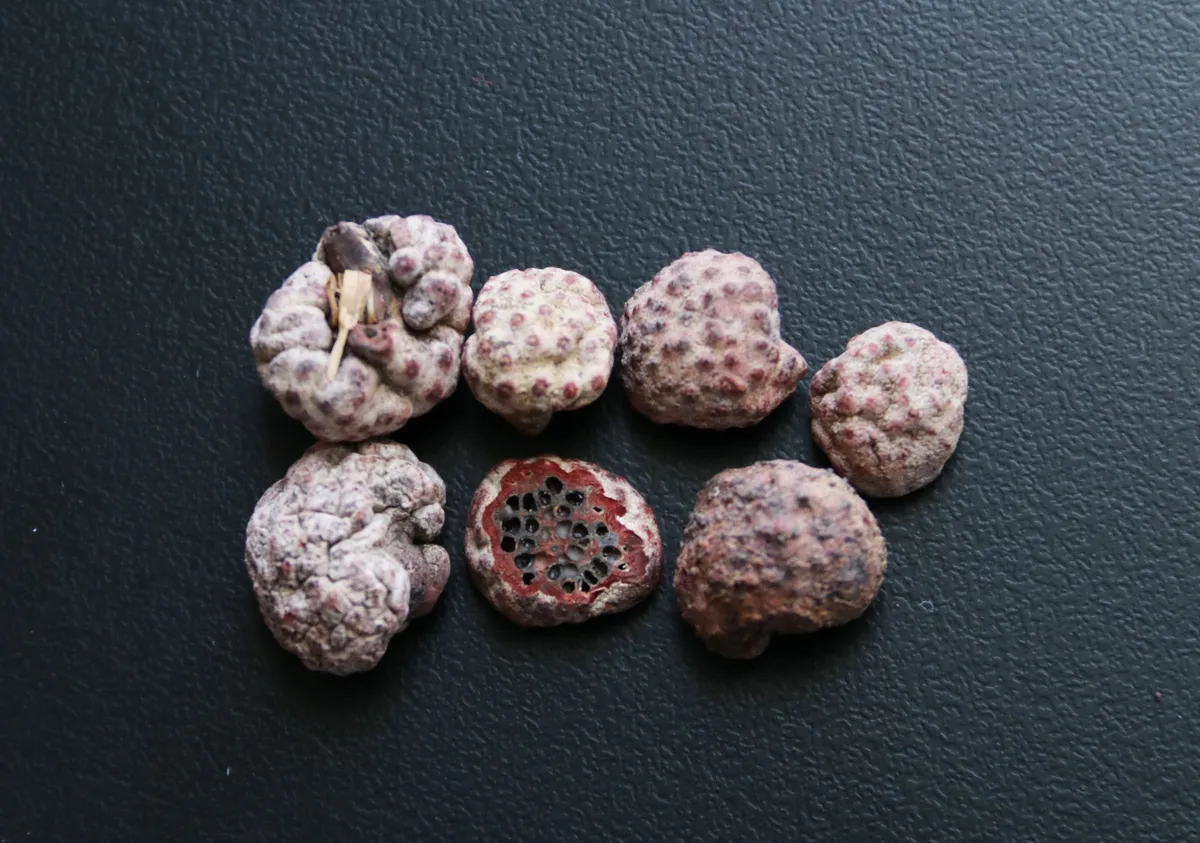
A medicinal fungus ‘Zhuhongjun’ known in China for over 400 years was discovered to be both a genus and species new to science, and was formally described as Rubroshiraia bambusae.
It grows on a species of bamboo and forms pink, ball-like fruiting bodies. It is used in traditional medicine in the Yunnan area to treat arthritis and infantile convulsion.
Scientific interest in the species has increased following the discovered of ‘hypocrellins’ in the fungus, which are compounds with light-induced anti-tumour, anti-fungal and anti-viral activities. Further research is being undertaken to assess the uses of these compounds in the medical world.
5
Bears' breeches species, Barleria destricola and namba
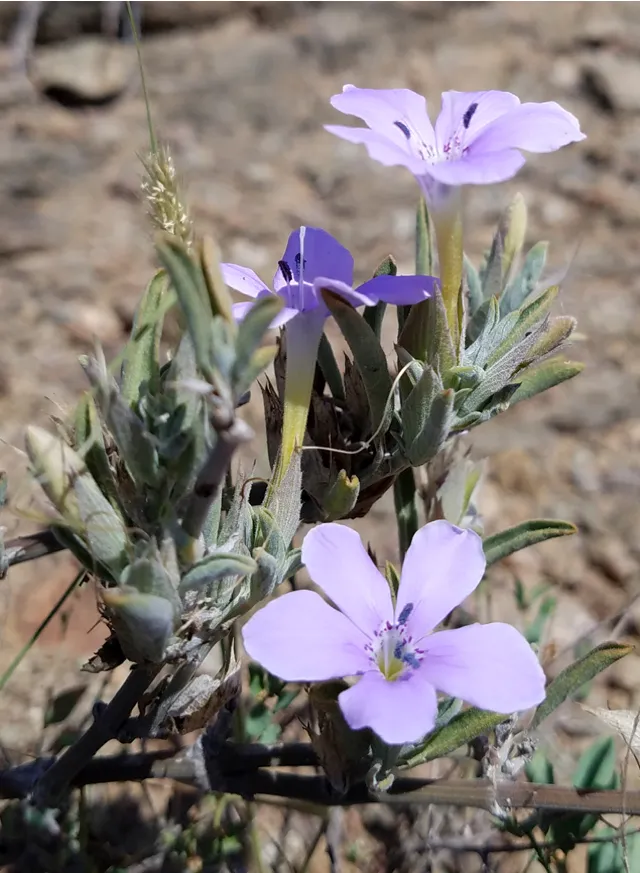
Kew scientists discovered ten new bears' breeches in tropical Africa in 2019, including 2 ‘showy’ blue-flowered species in the Barleria genus.
B. deserticola was first collected by explorer Friedrich Welwtisch 160 years ago, and was re-found in 2017 by US botanist Erin Tripp, allowing for the species to finally be named.
B. namba was discovered by Kew botanist David Goyer on the previously unexplored Mount Namba.
6
African violet species, Cyrtandra vittata
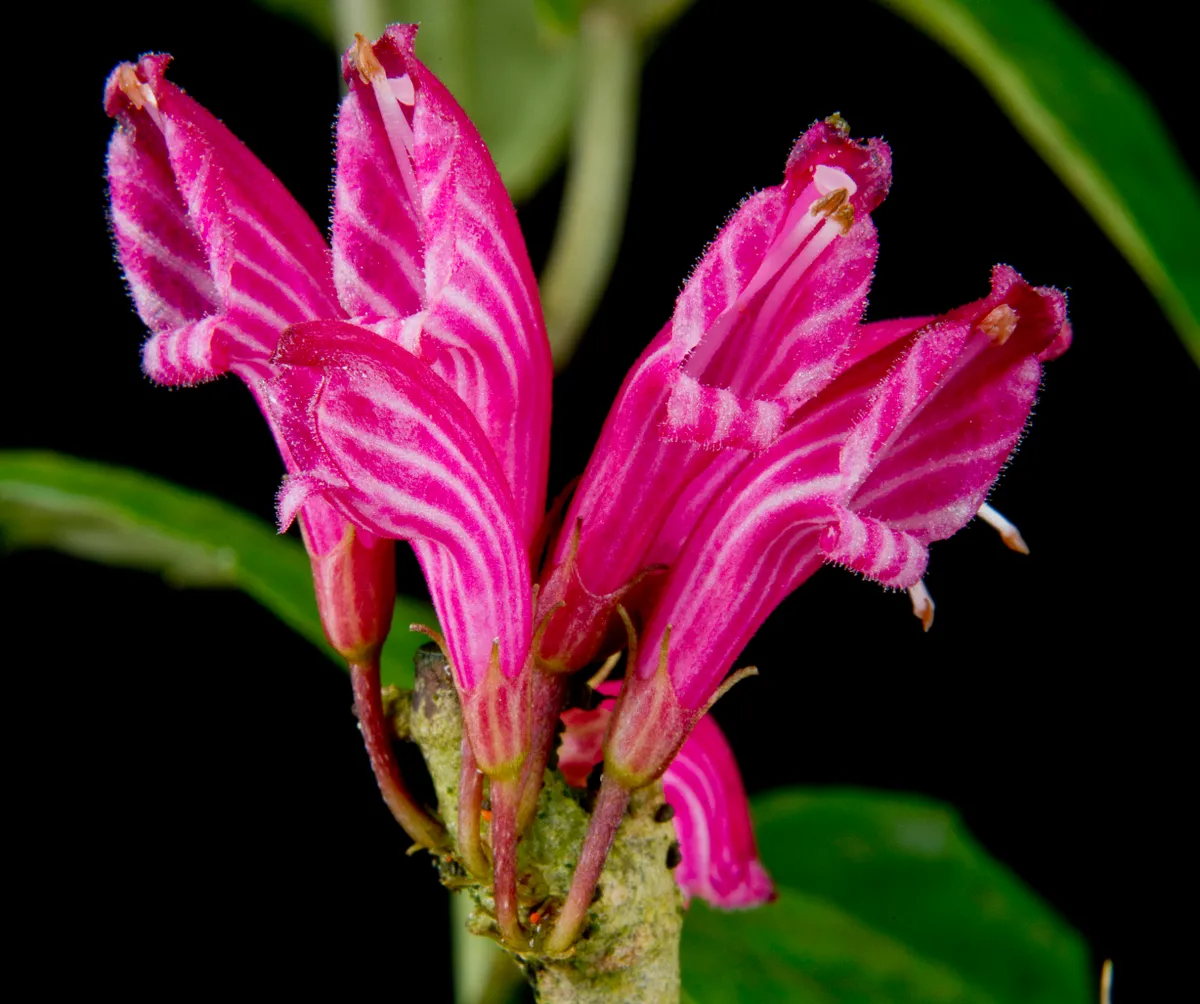
C. vittata is a bright pink, candy-striped flowering shrub from northern New Guinea, with white berries that are thought to be dispersed by doves and pigeons.
It was collected under permit by scientists from the Royal Botanic Gardens, Edinburgh and once cultivated, it was discovered to be a new species.
7
Trees and shrubs, Freziera
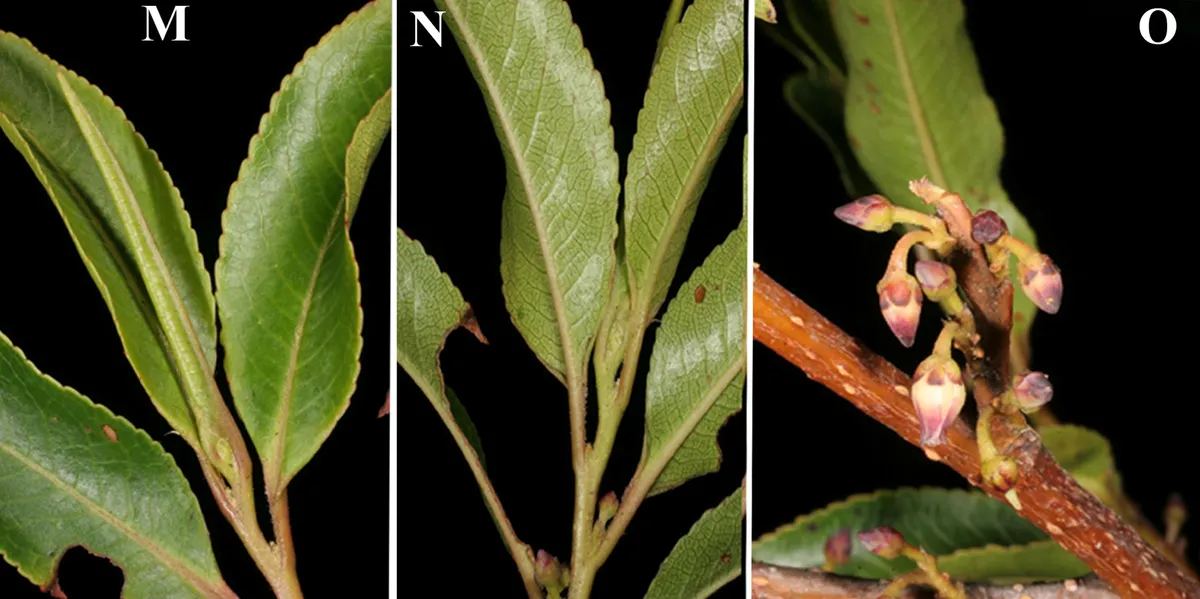
11 new species of Frezeria, a genus of trees and shrubs, were discovered in the Andean forests of South America. Some are known to produce compounds which may have medicinal or biochemical value.
Many of the new species have very limited distributions, and combined with increasing habitat destruction in the area, all the species are thought to be threatened with extinction.
8
Perennial herb species, Costularia cadetii

The newly described perennial herb C. cadetii was found on the rims of volcanoes in Réunion, an island in the Indian Ocean east of Madagascar.
The species was actually first known in 1965, but more material was needed to describe it as a species new to science.
It is assessed as Endangered, due to its restricted elevated habitat and the risk from volcanic activity, fire and climate change.
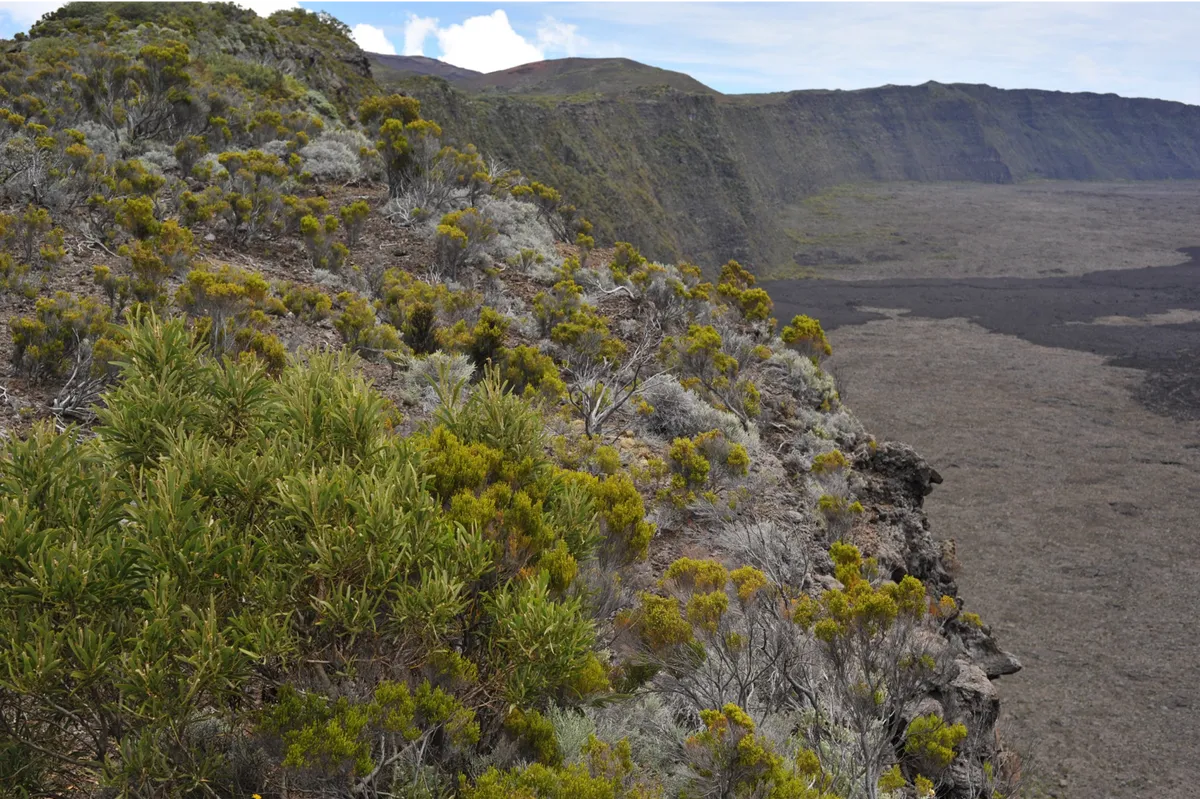
9
Gladiolus species, Gladiolus mariae

Kew scientist Xander van der Burgt found this vivid orange flower on two mountains in Kounounkan in Guinea, which have not yet been impacted by humans. He named it after his wife Maria.
10
Zonozono, Mischogyne iddii
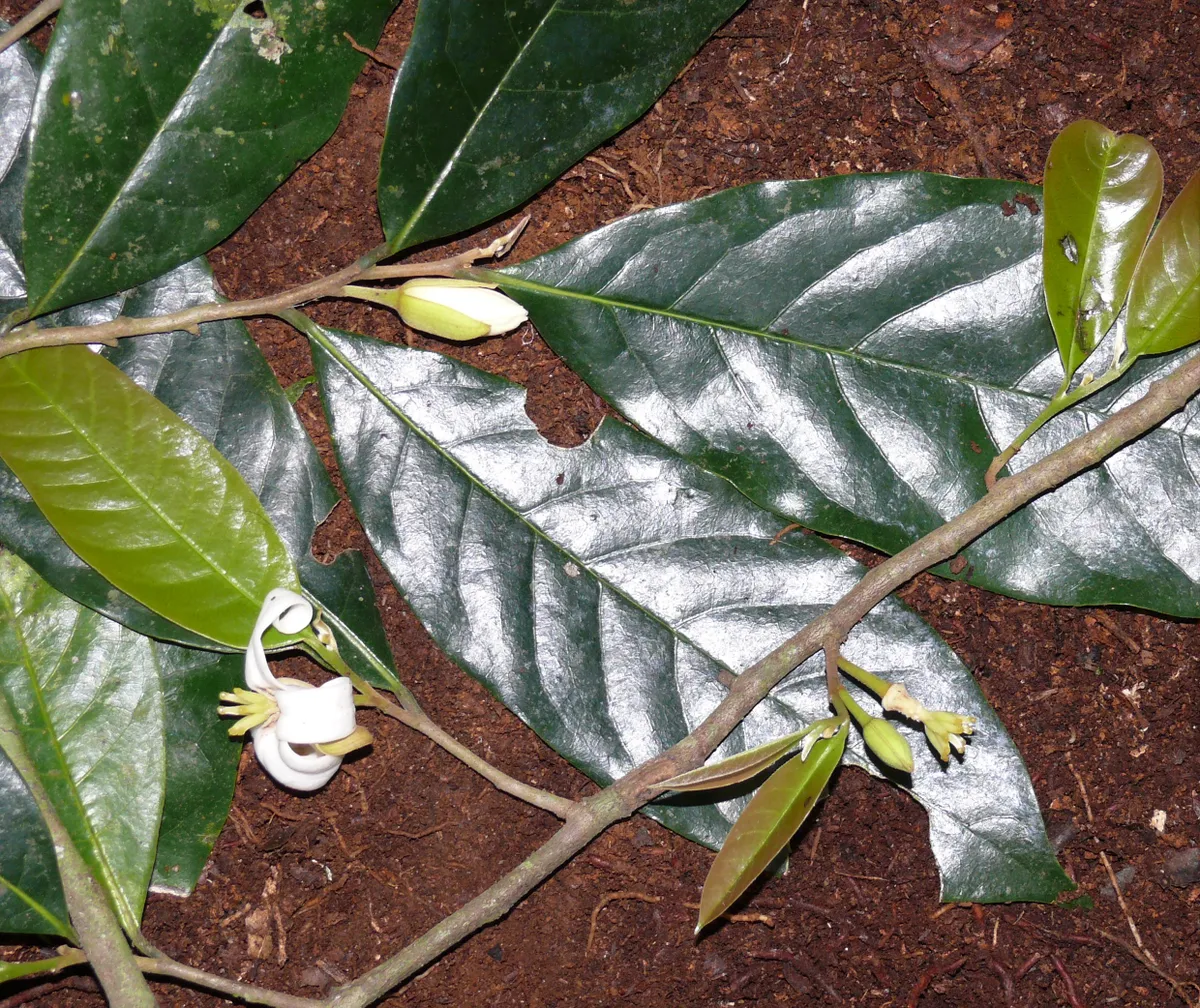
Zonozono could be considered the rarest species described in 2019, with just seven known trees in the Usambara mountains of Tanzania in east Africa.
It is a member of the ylang-ylang family, in a genus that was previously only known from west Africa, and discovered by George Gosline and Andy Marshall. Its scientific name M. iddii was in honour of the Tanzanian botanist Iddi Rajabu.
It was assessed as Endangered due to low numbers, and threats such as pole-cutting and invasive tree species.
Main image: Galanthus bursanus was discovered by Facebook holiday photos. © D.Zubov

